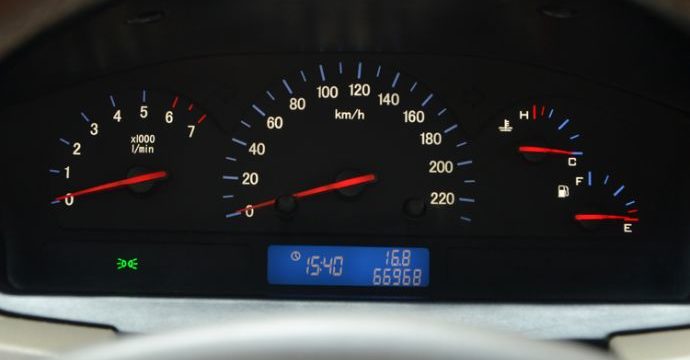
On 8 November 2018, FIA Region I released a new independent study highlighting a number of major challenges with Intelligent Speed Assistance technology. The results are a timely reminder to EU decision makers who are currently assessing whether to make such technology mandatory in all new cars.
The study, conducted by the Institute for Traffic Accident Research at Dresden University of Technology, details the improvements needed to have an effective and reliable ISA system in place.
ISA systems depend strongly on external conditions that nowadays are not always met, such as the availability of standardised and well-maintained road signs as well as GPS accuracy and reliable local dynamic map technology, the study finds.
Due to these shortcomings, the average detection error rate of an ISA system is around 10% under normal conditions, whereas when it rains or during night time, it can be as high as 15-25%.
FIA Region I Director General, Laurianne Krid said: “Intelligent Speed Assistance has a lot of potential to help tackle speeding and improve road safety. However, there are still fundamental challenges that influence its effectiveness. EU decision-makers need to be aware of this when choosing which technologies will be made mandatory in all new cars. Ultimately, the success of ISA is dependent on investments to improve road infrastructure and digital maps, two areas where motorists are already being let down.”
Under the revision of the EU vehicle safety regulations, FIA Region I reiterates its support for the adoption of other new safety technologies and approaches to passive safety that have proven to be effective and reliable, such as Autonomous Emergency Braking systems, Lane Keep Assistance systems and seat-belt reminders for all seats, among numerous beneficial measures.
[ENDS]
Notes to editor
Background
Intelligent Speed Adaptation (ISA) describes a range of technologies which are designed to aid drivers in observing the appropriate speed for the road environment.
On 17 May 2018 the European Commission released its proposal for the revision of the General Safety Regulation, as part of the Third Mobility Package. This revision aims to make sure all new vehicles are equipped with mandatory safety features, such as Autonomous Emergency Braking (AEB), Vulnerable Road Users (VRUs) detection and lane-keeping assistance. The proposal is currently being examined by the European Parliament and the Council. FIA Region I outlined its position in two detailed policy papers in June 2018.
About FIA Region I
The FIA Region I office, based in Brussels, is a consumer body representing 107 Mobility Clubs and their 38 million members from across Europe, the Middle East and Africa. The FIA represents the interest of these members as motorists, public transport users, pedestrians and tourists. The FIA’s primary goal is to secure a mobility that is safe, affordable, sustainable and efficient. With these aims in mind, the FIA Region I work focuses on Road Safety, Consumer Protection, Environmental Protection, and the promotion of Sustainable Motoring. www.fiaregion1.com
Contact
Valentina Ferrara
Communications Manager,
FIA Region I
vferrara[at]fia.com
+32 2 282 0813